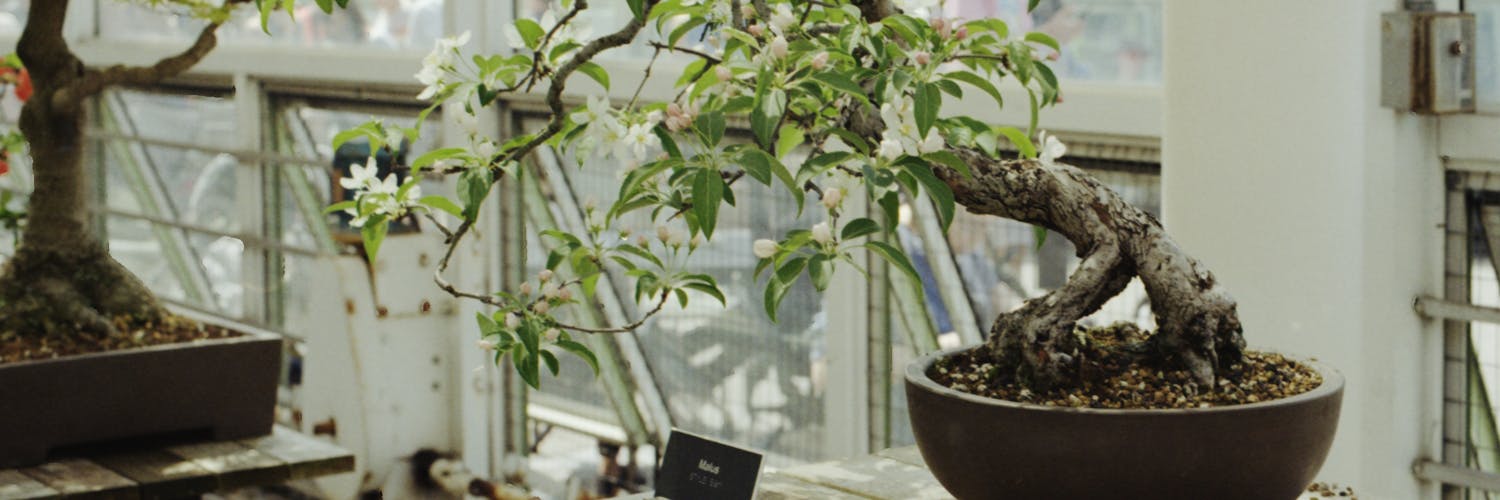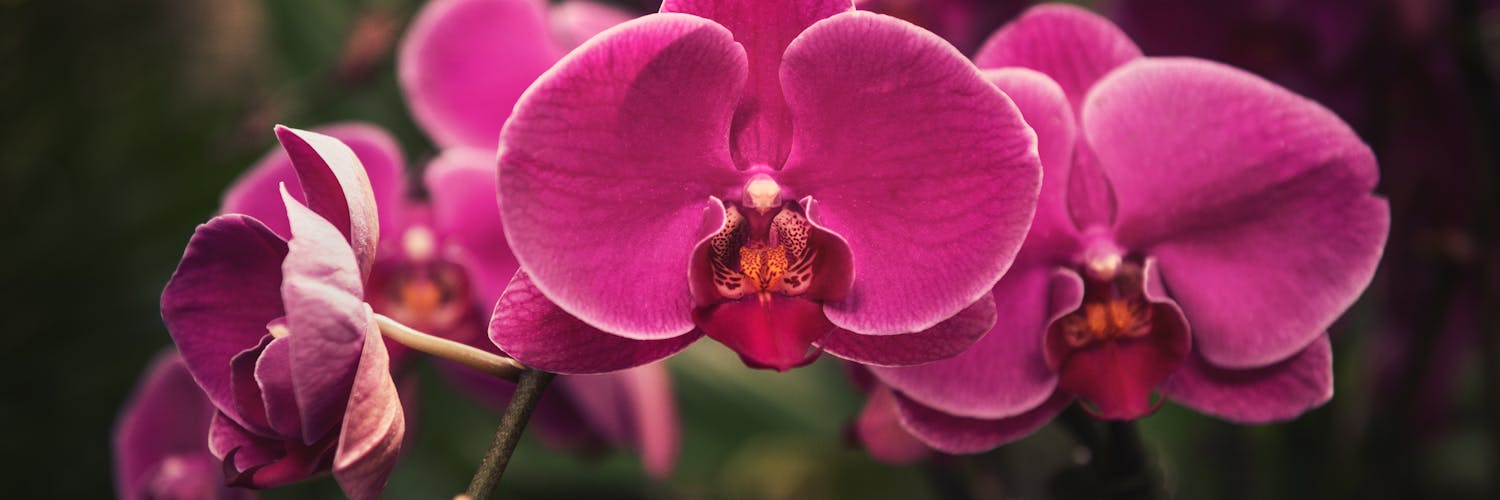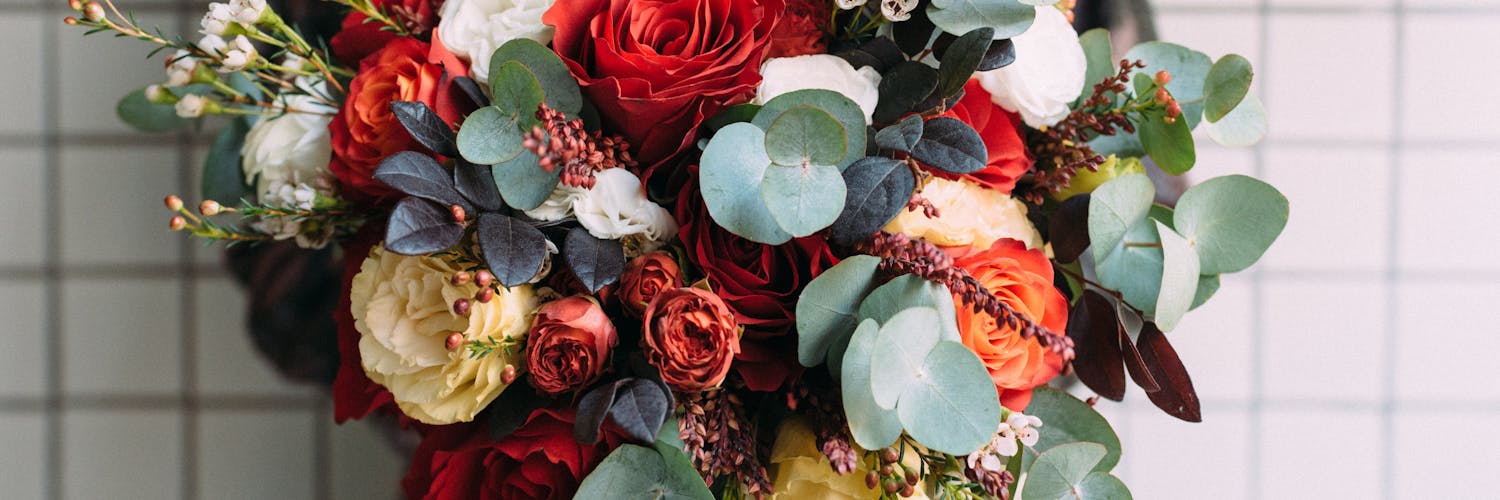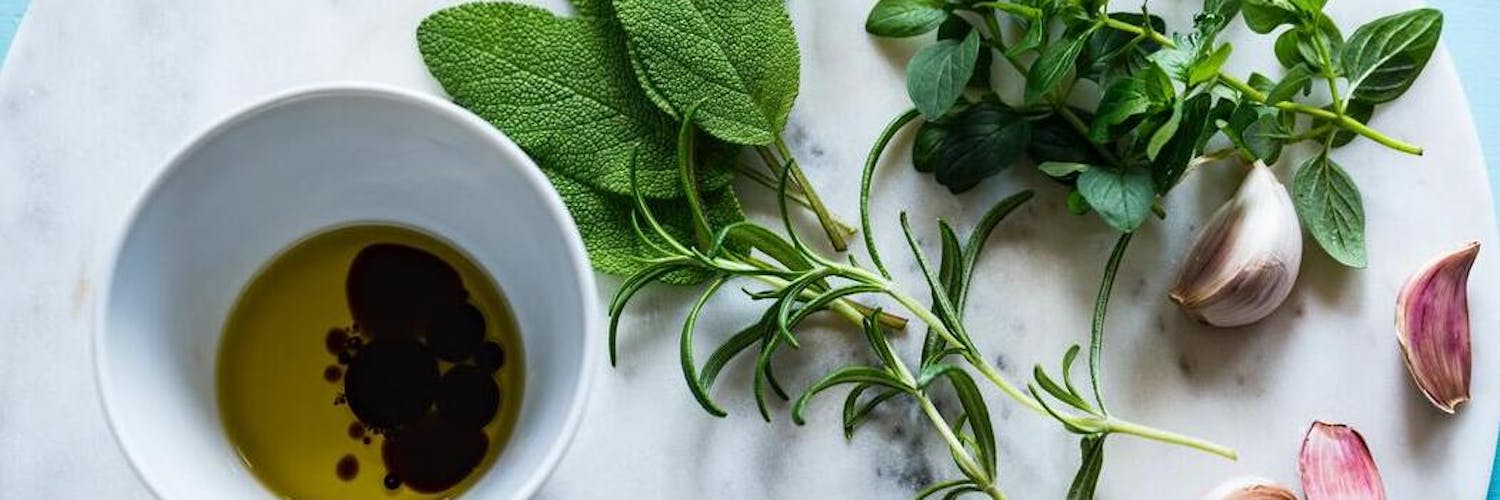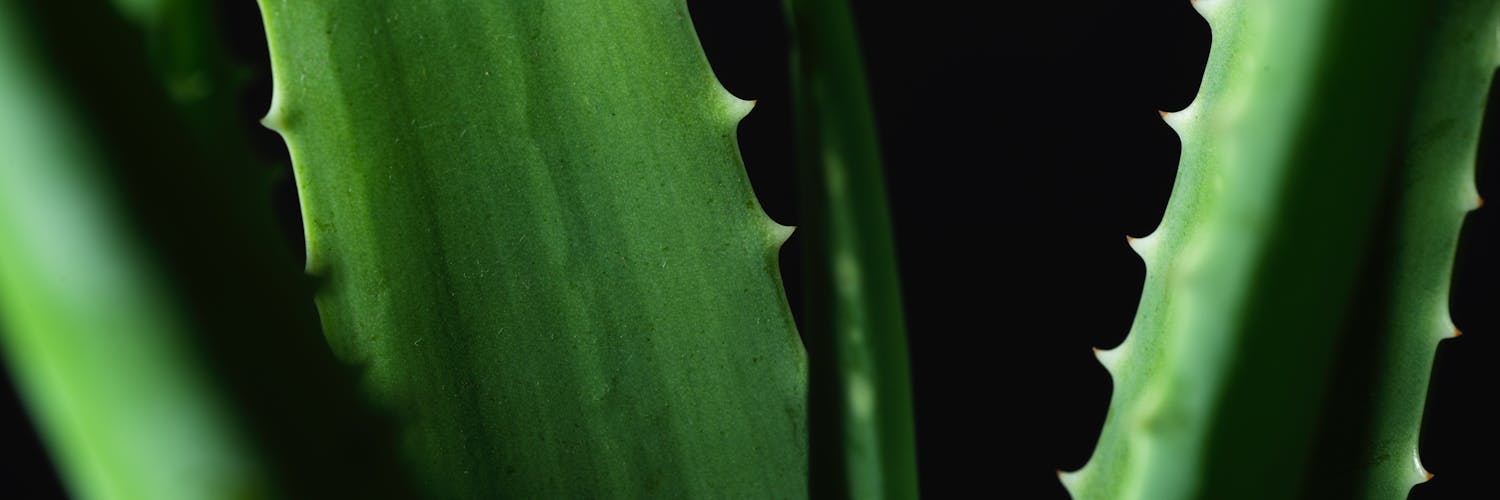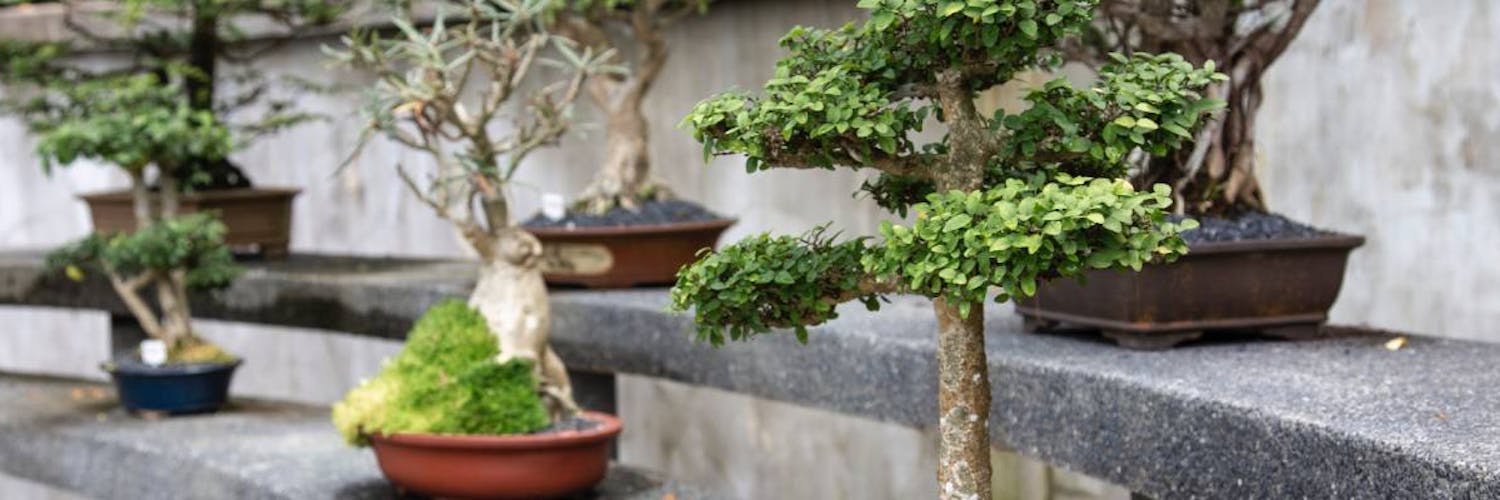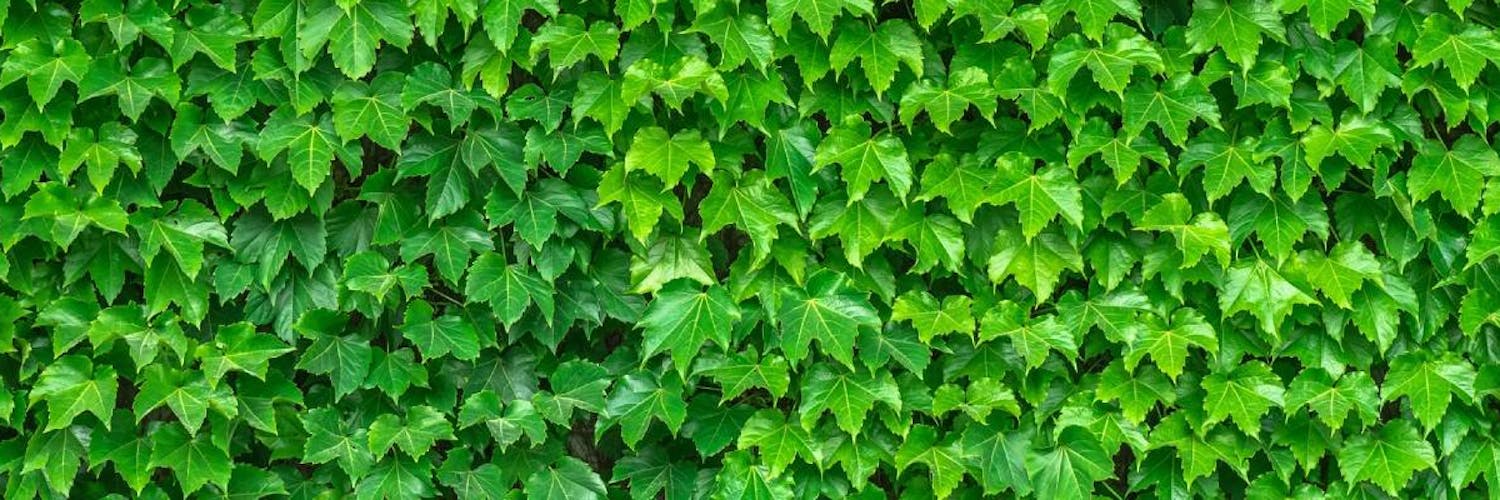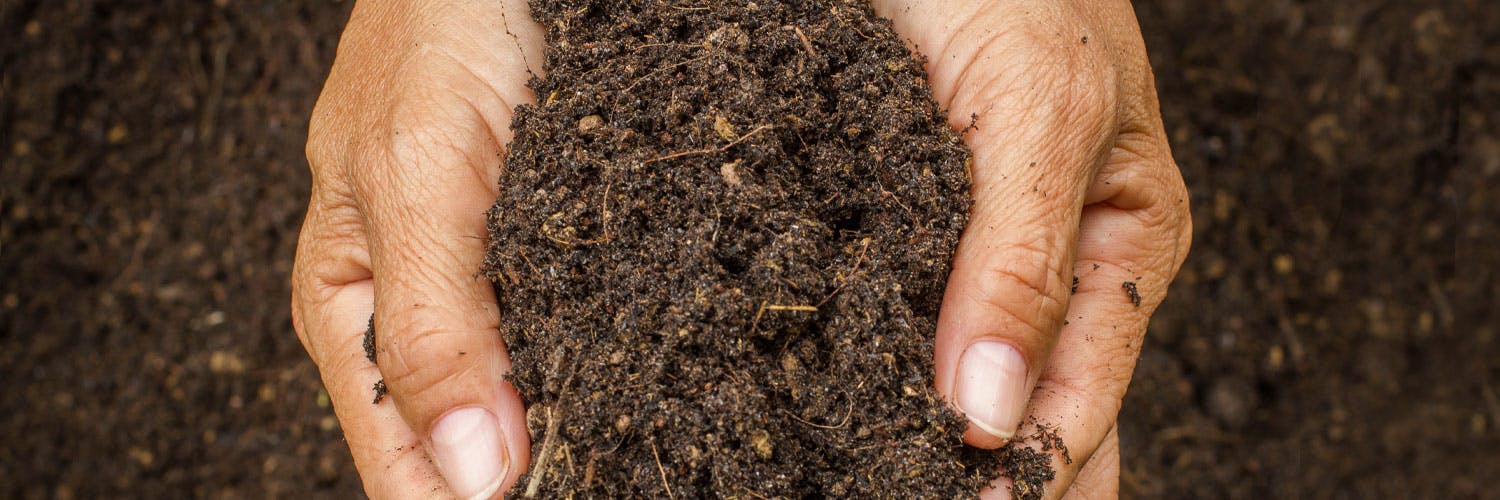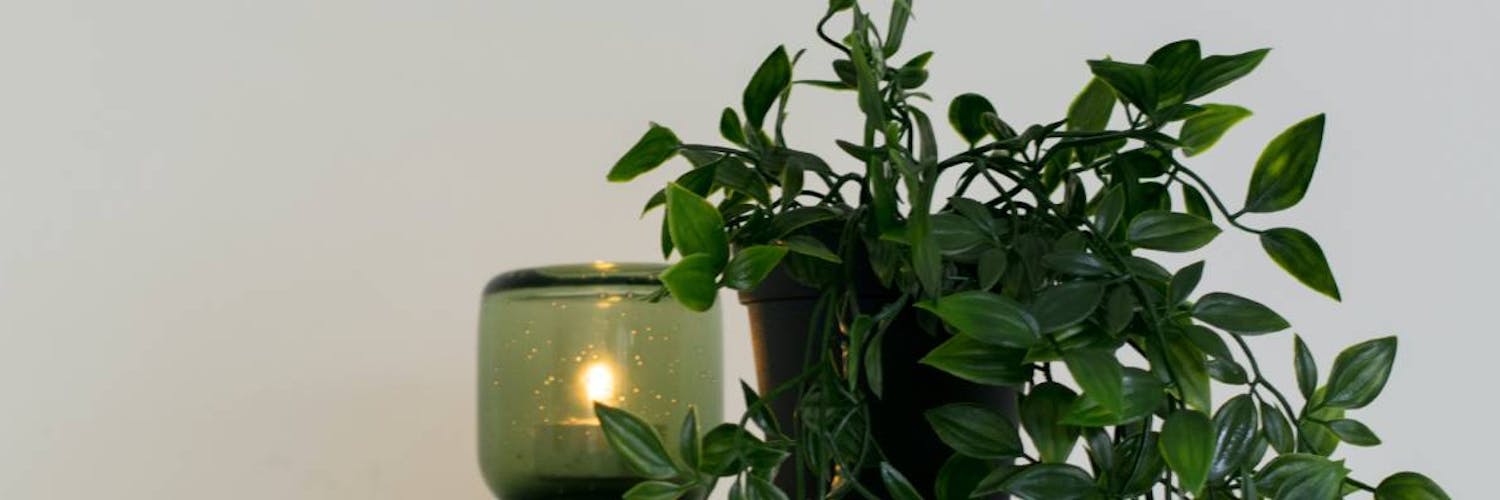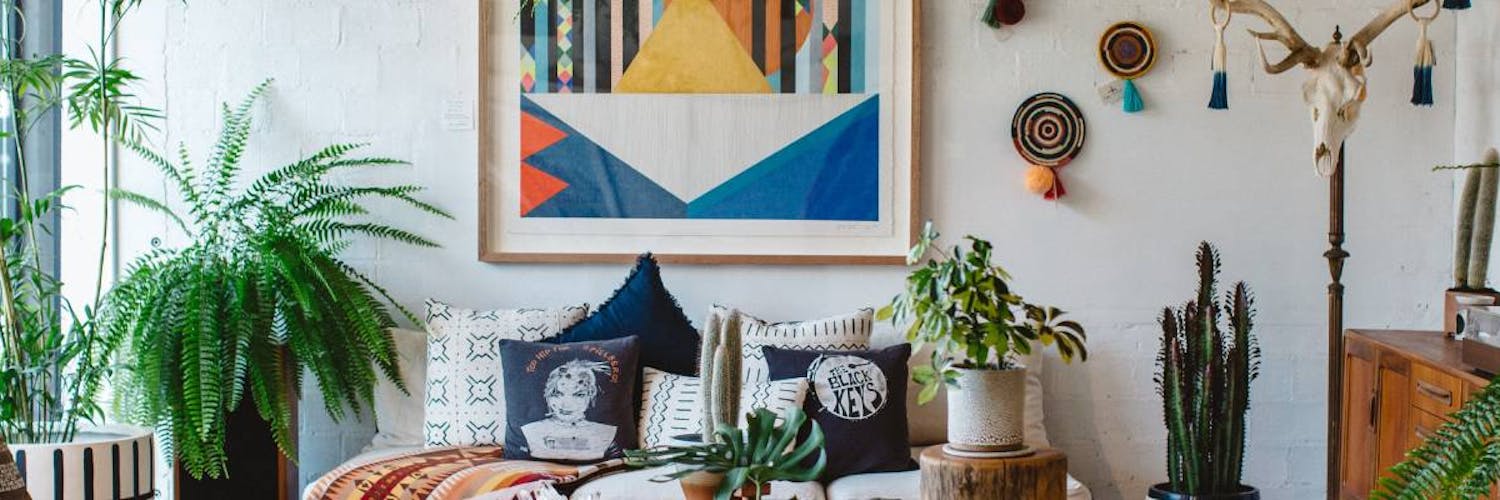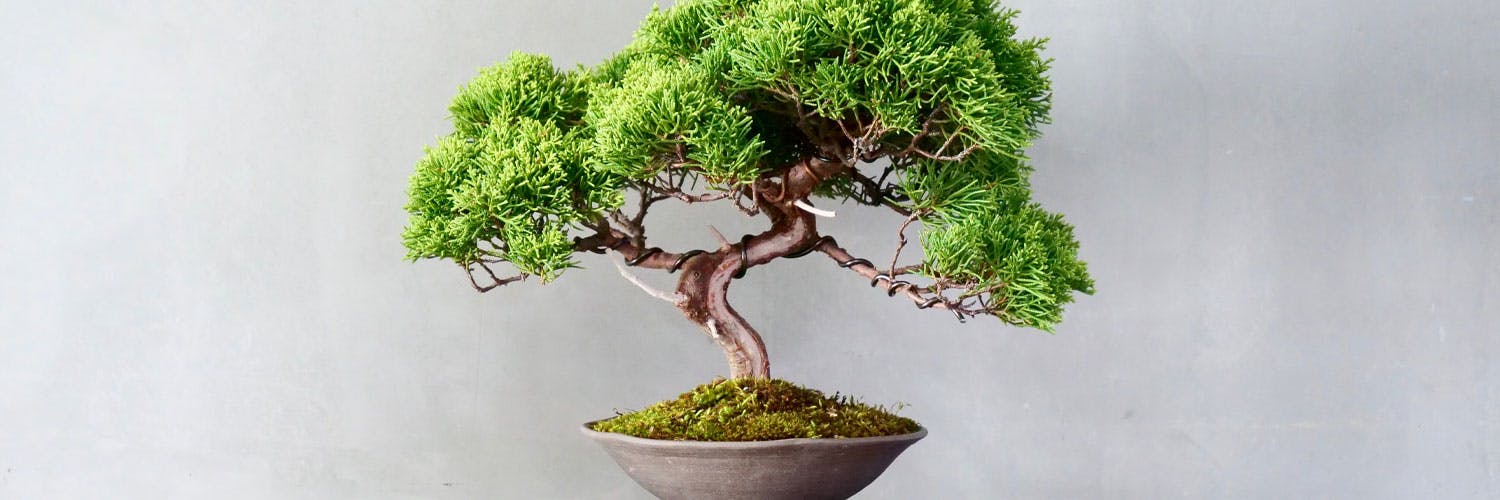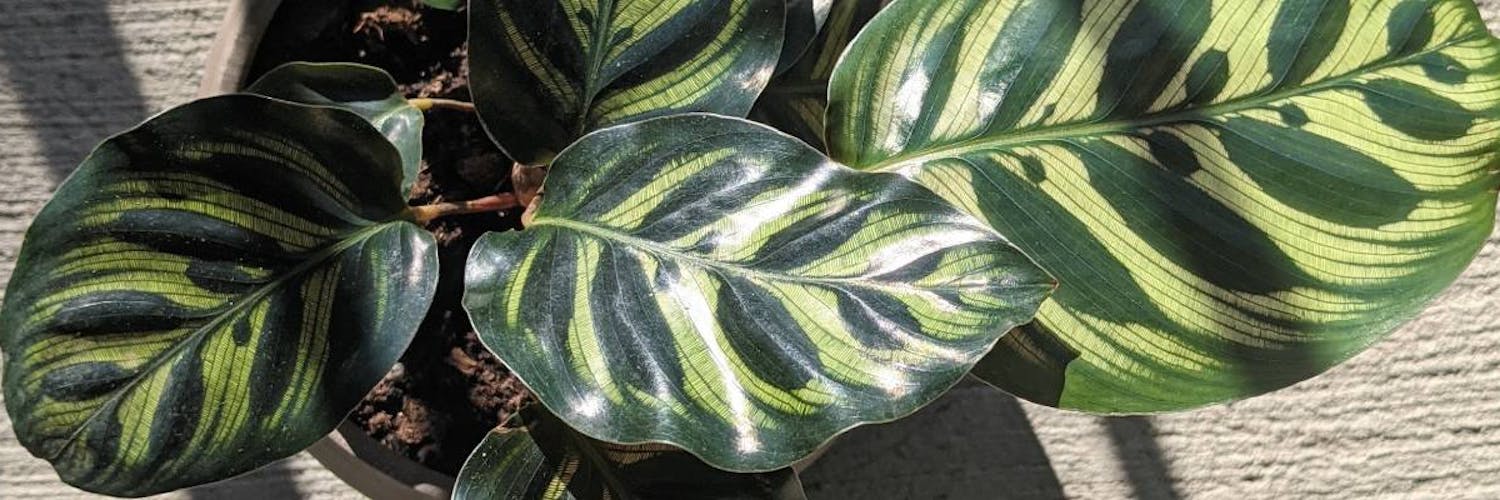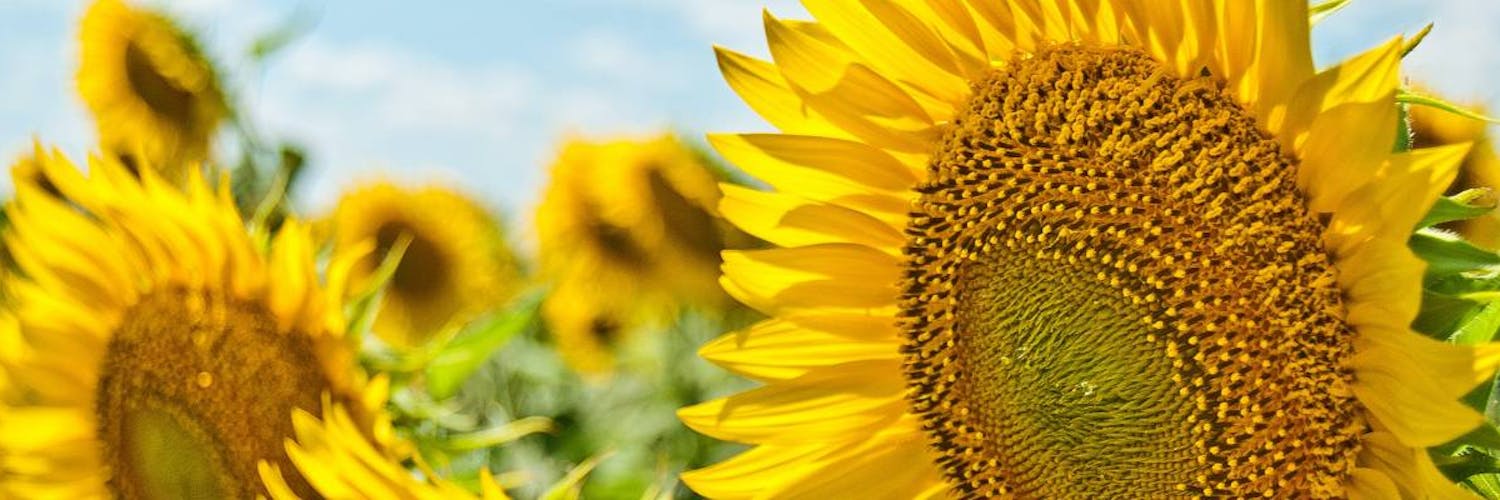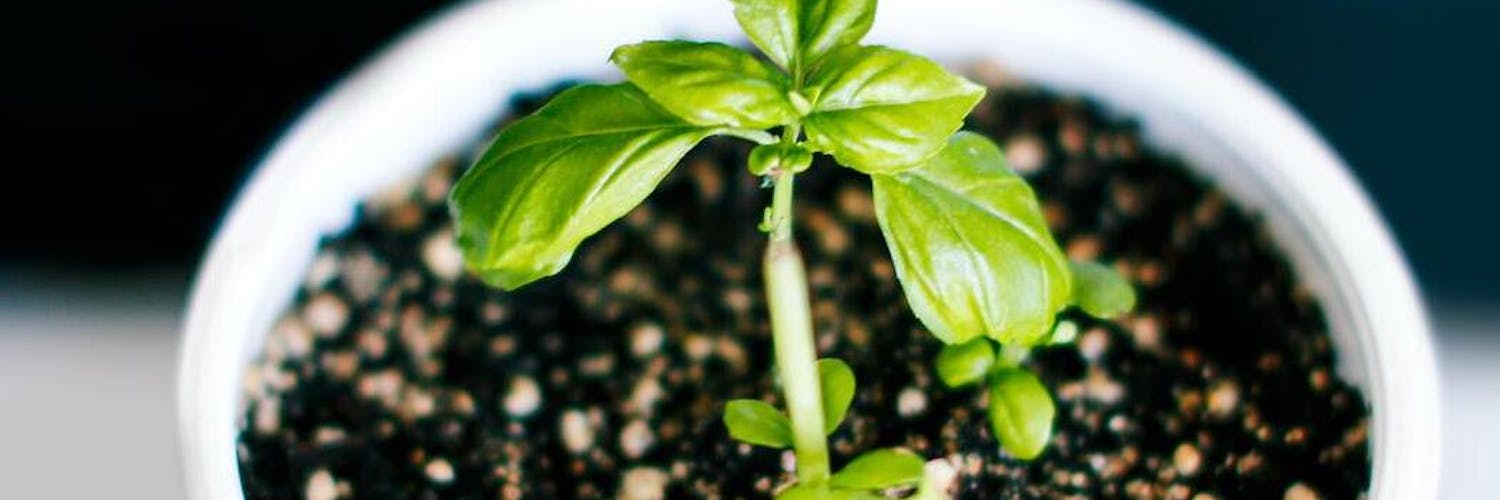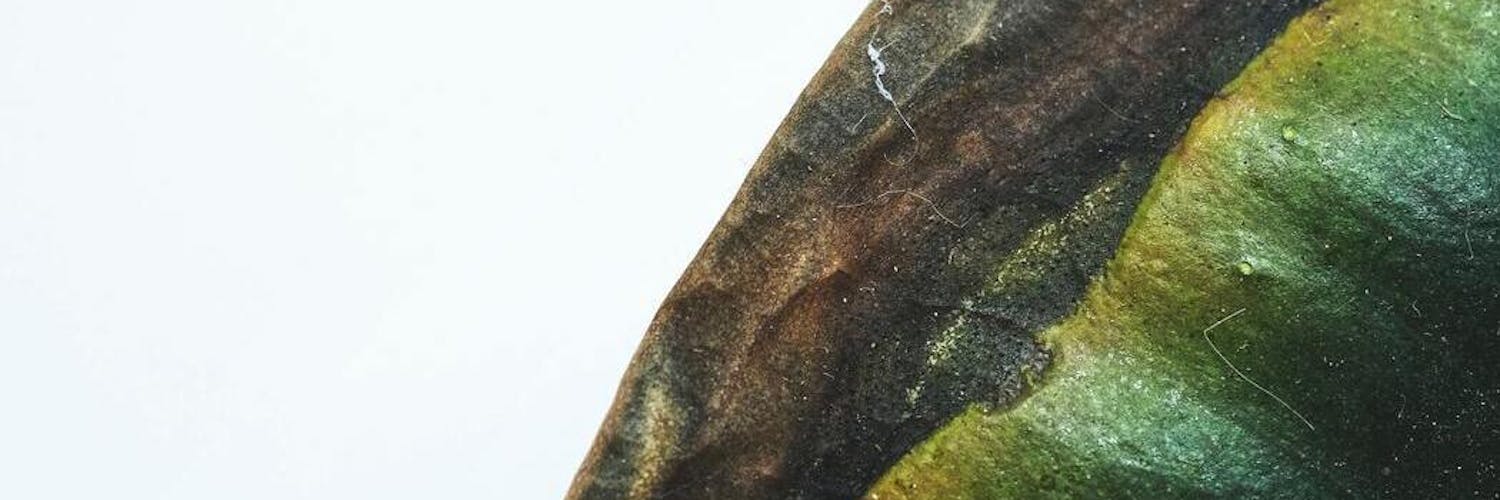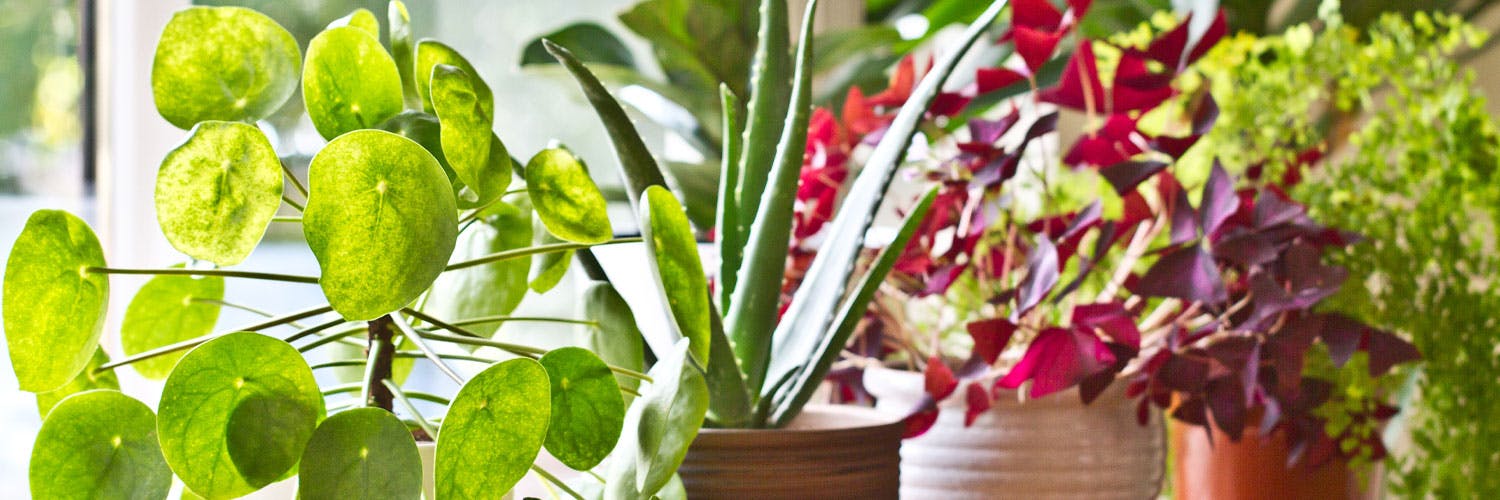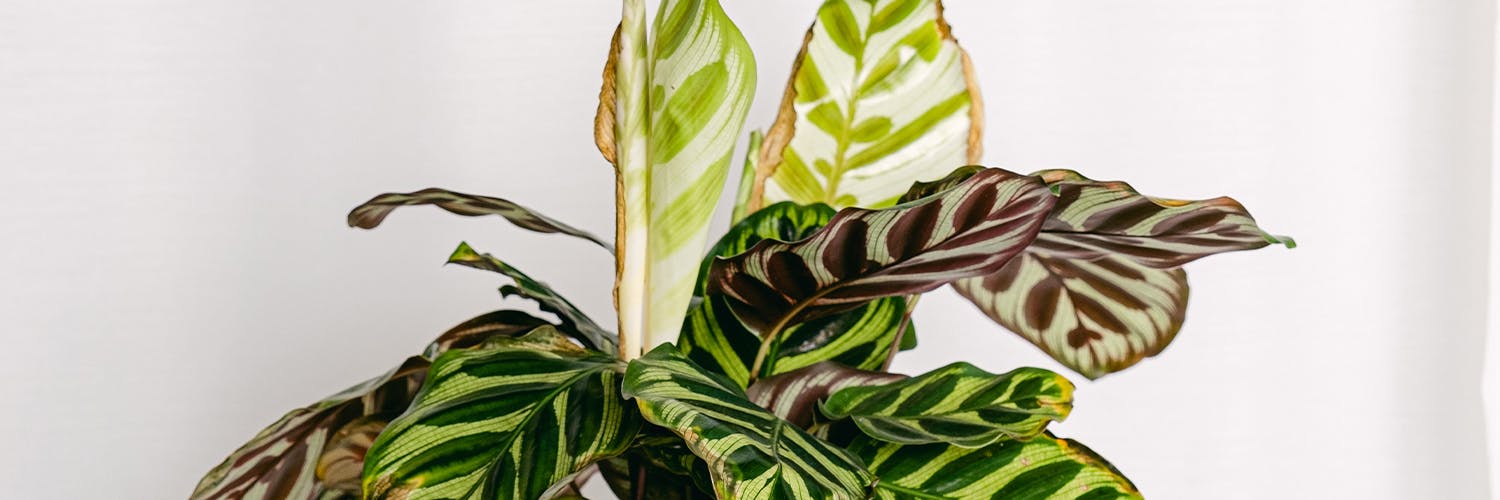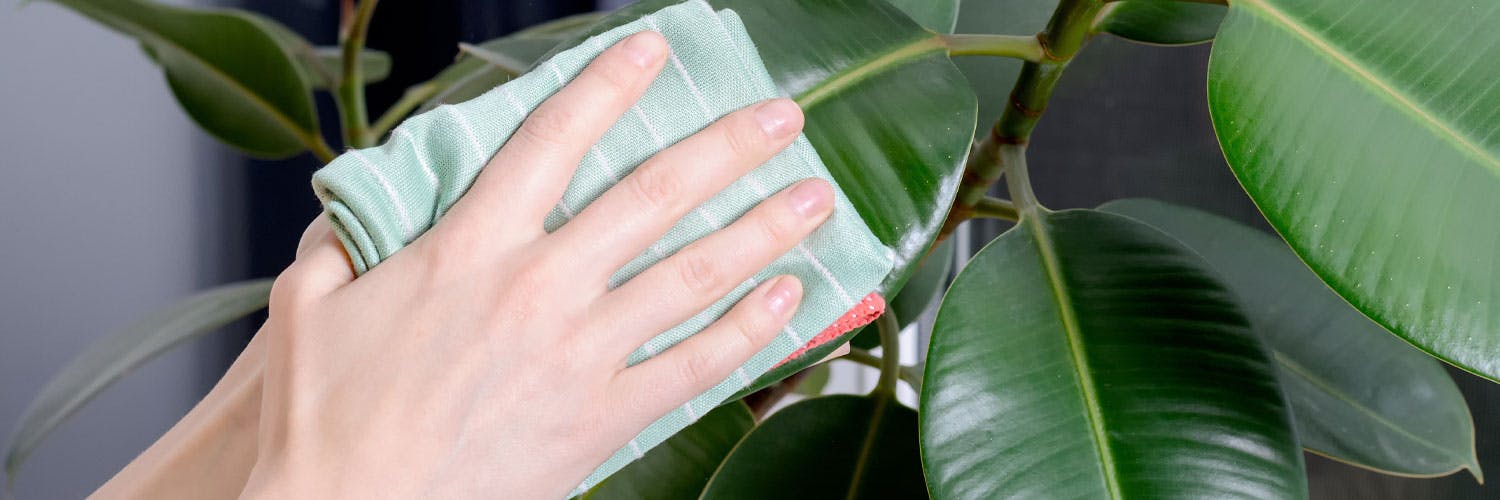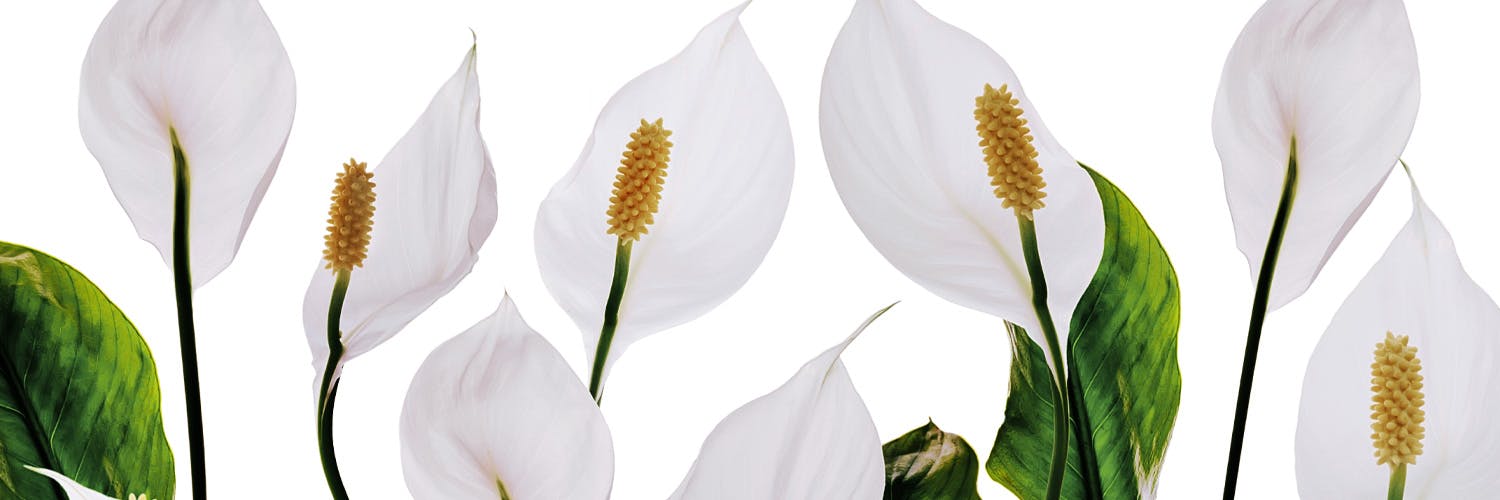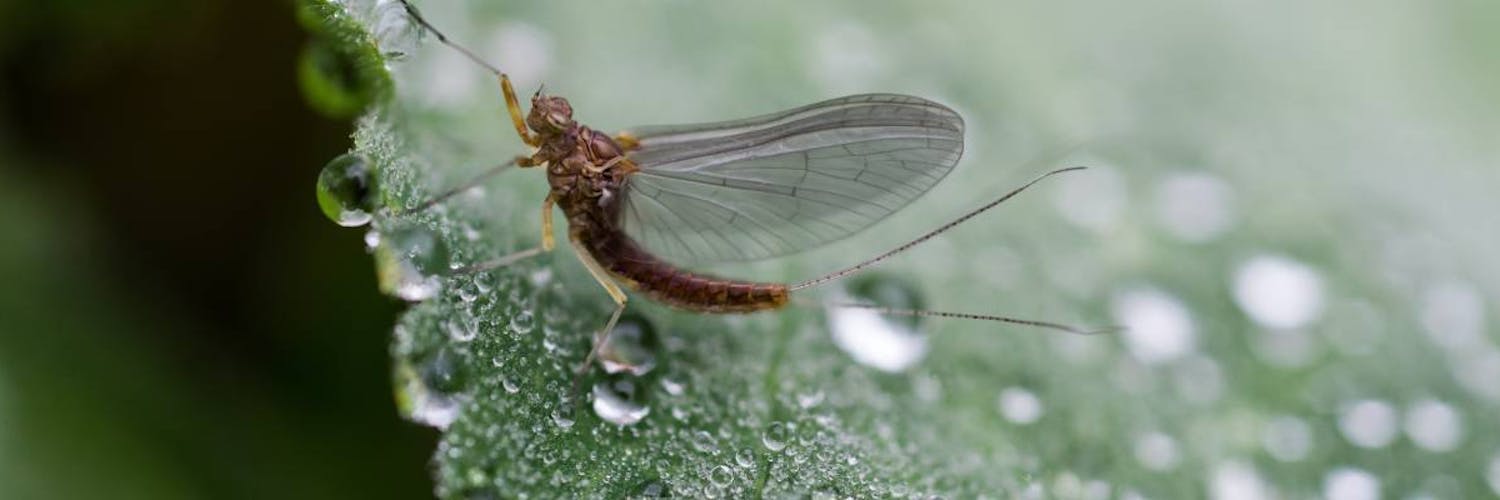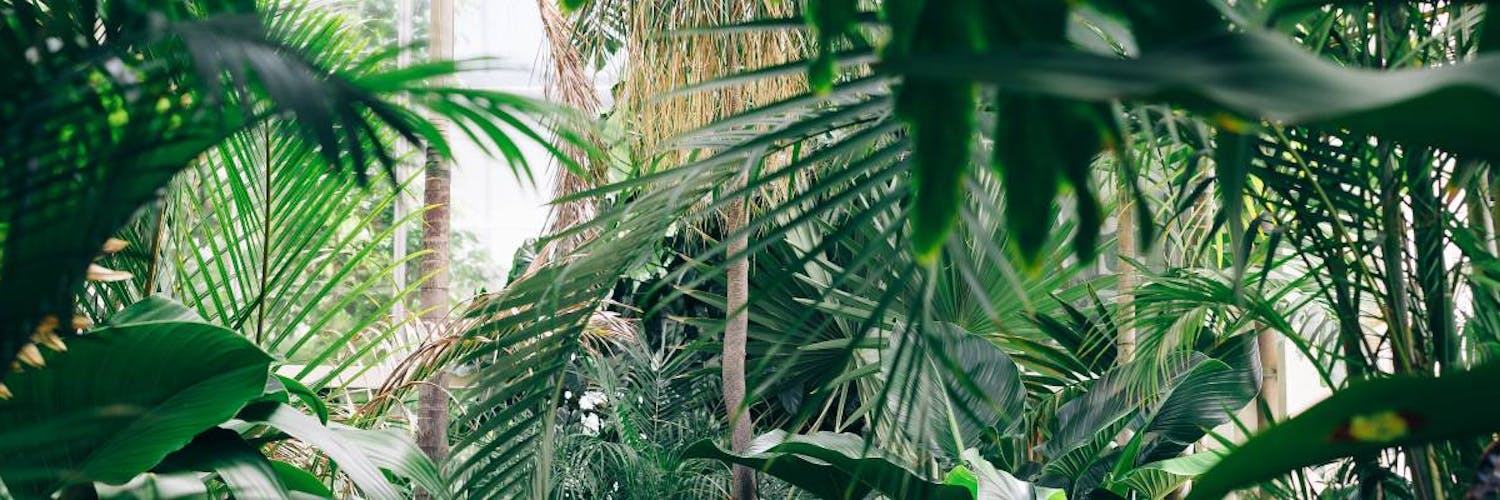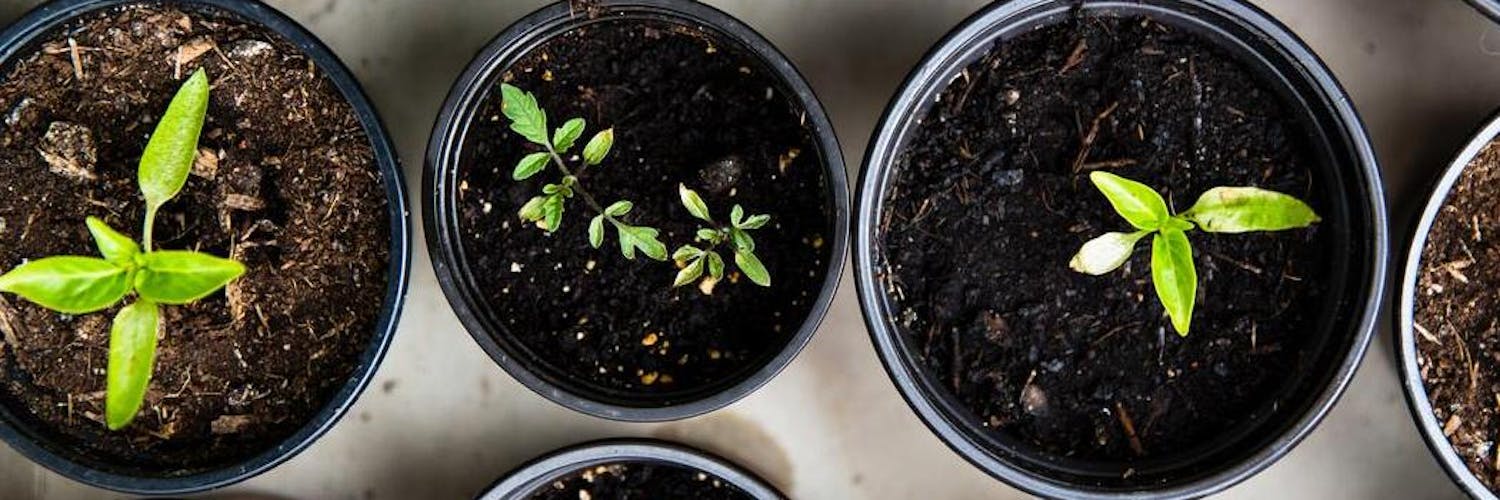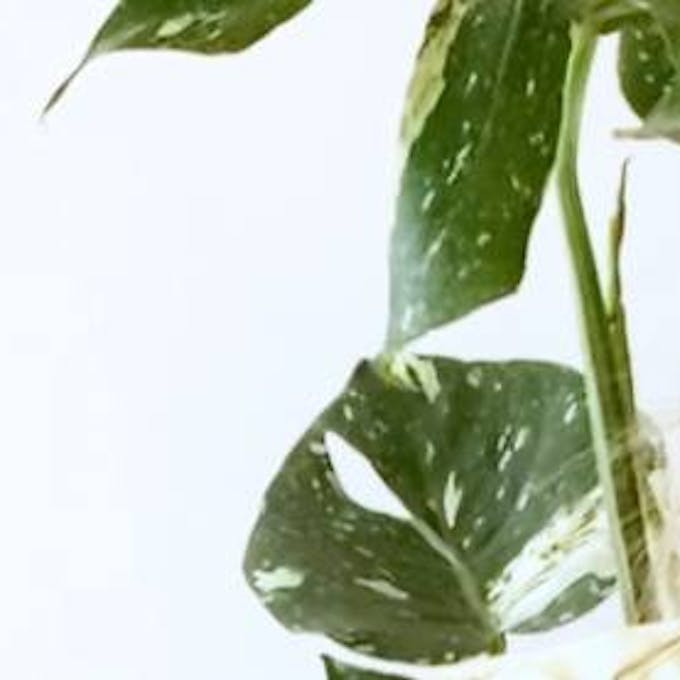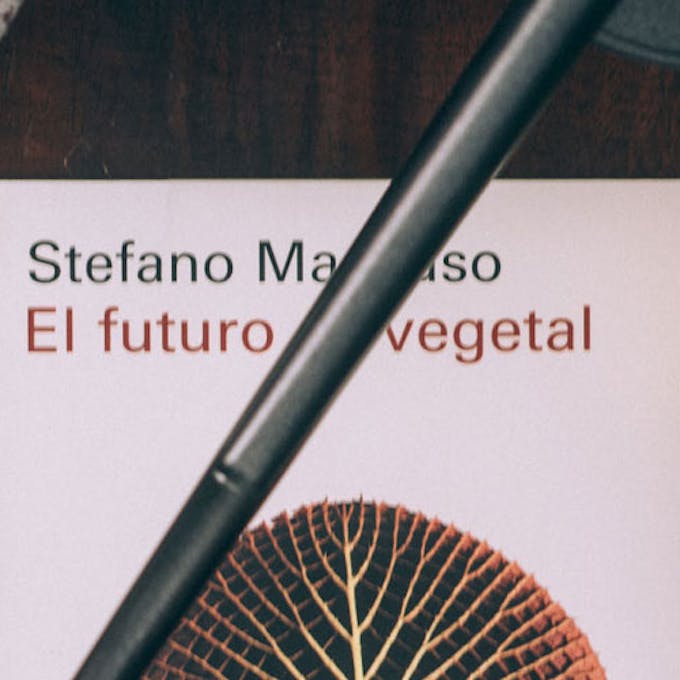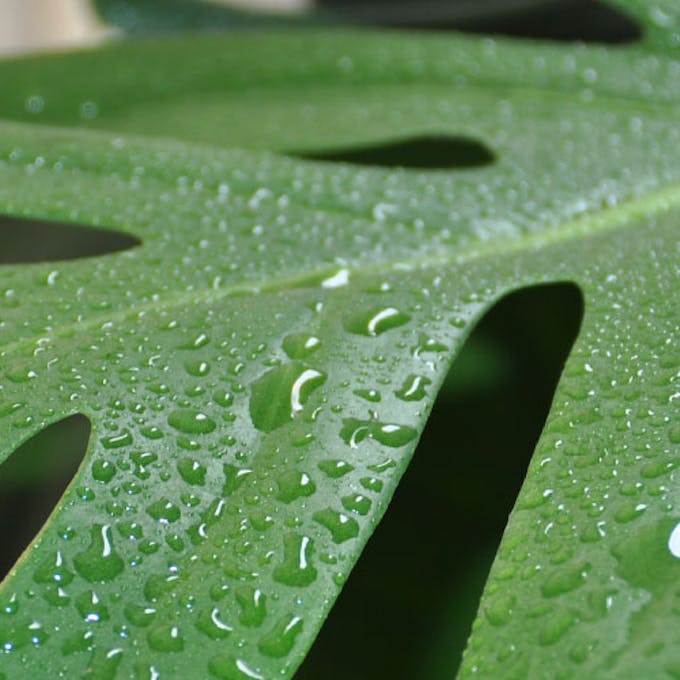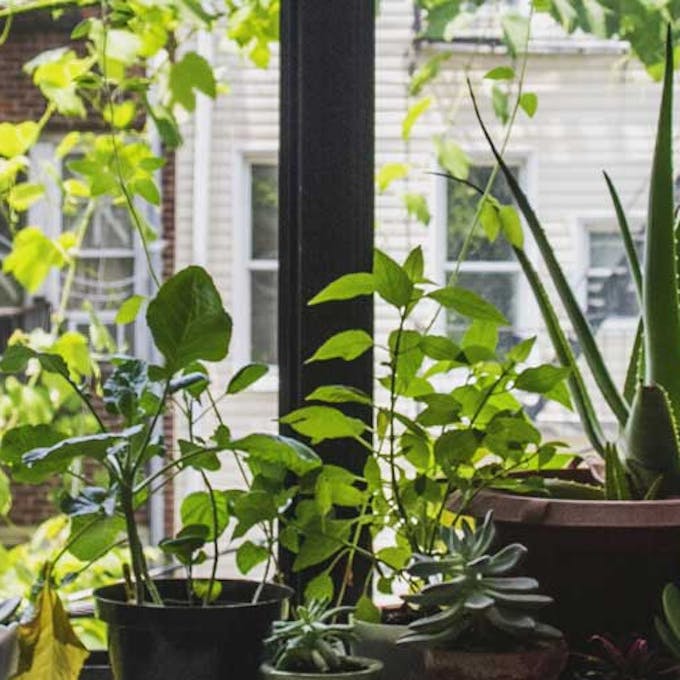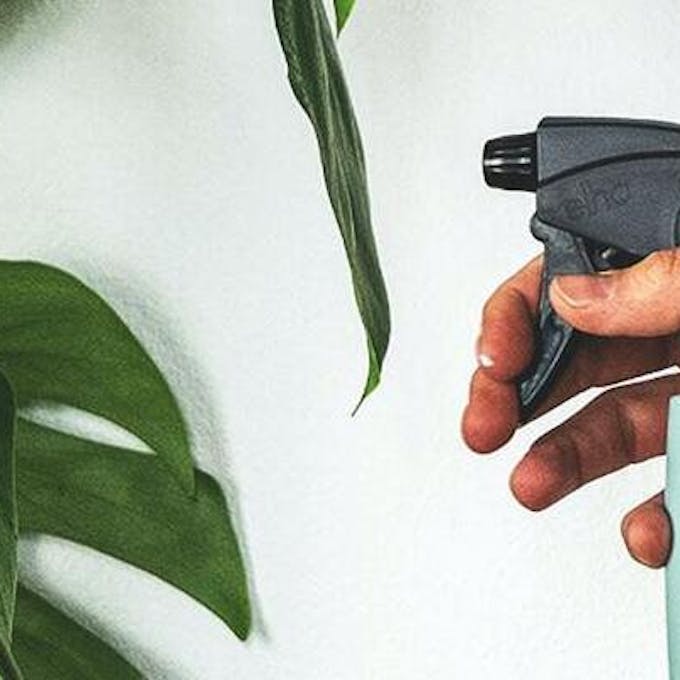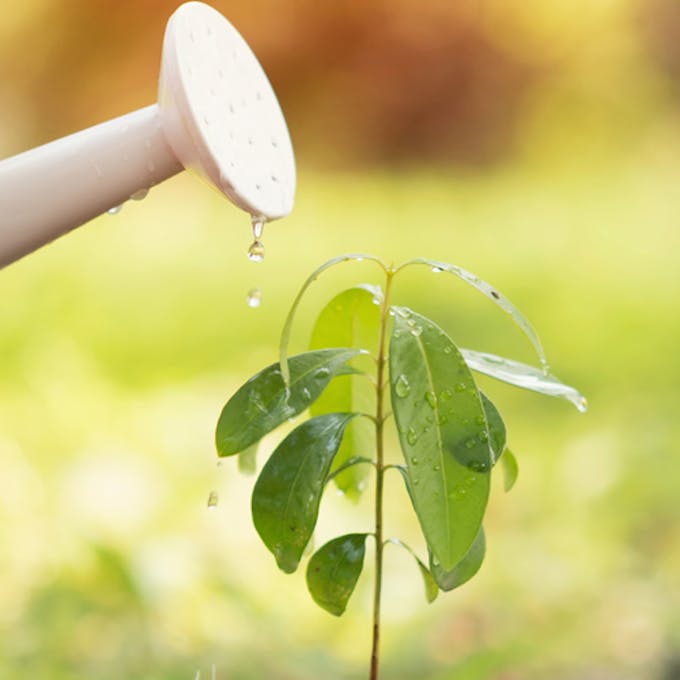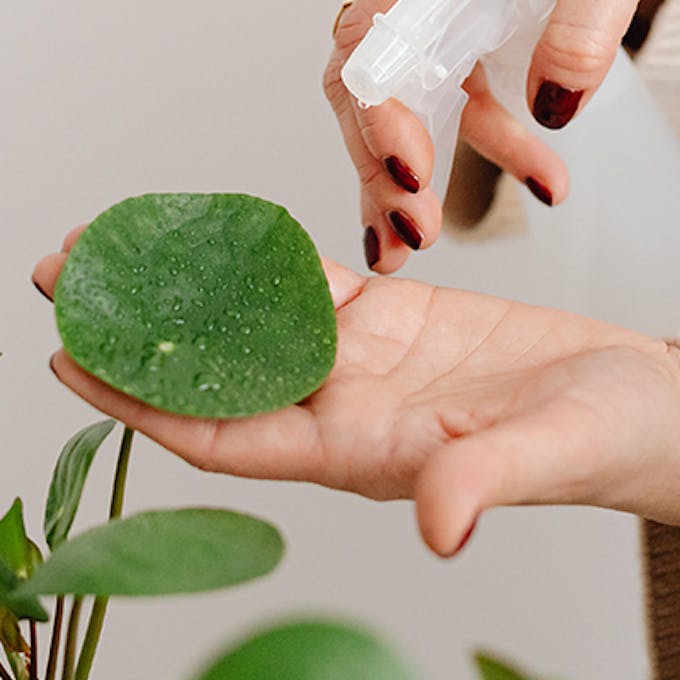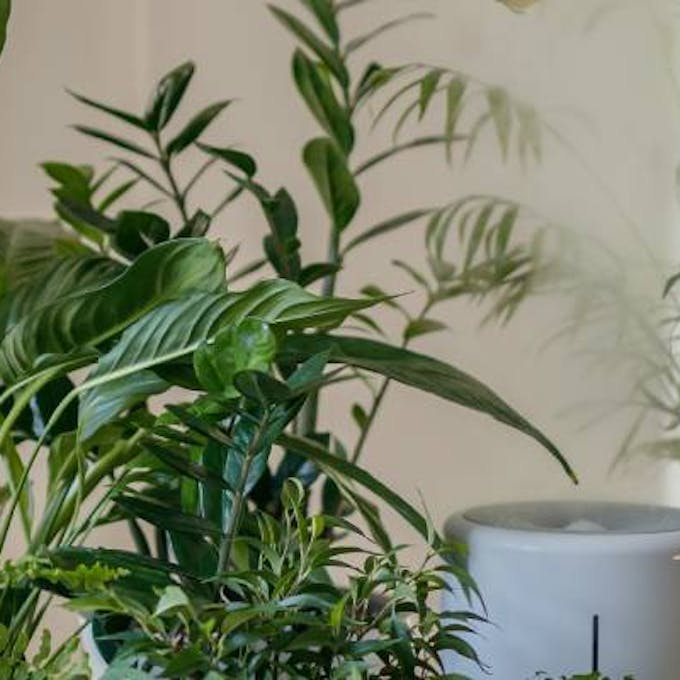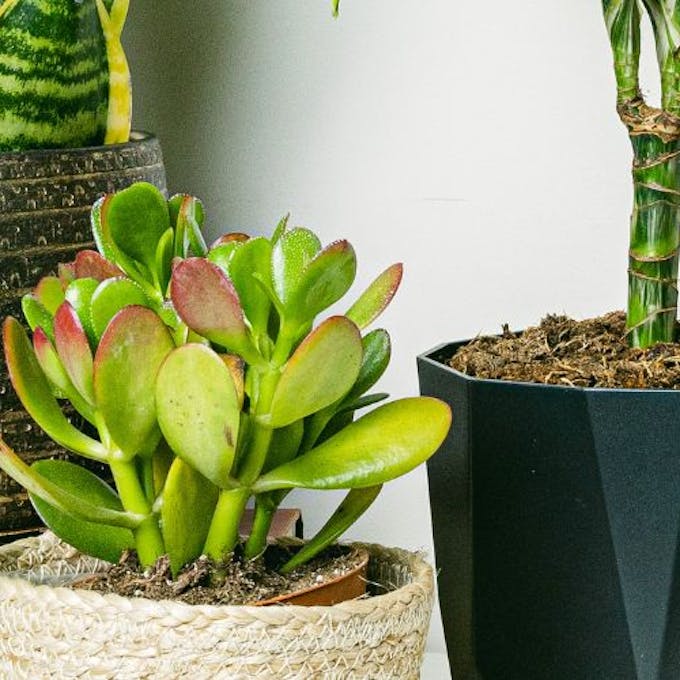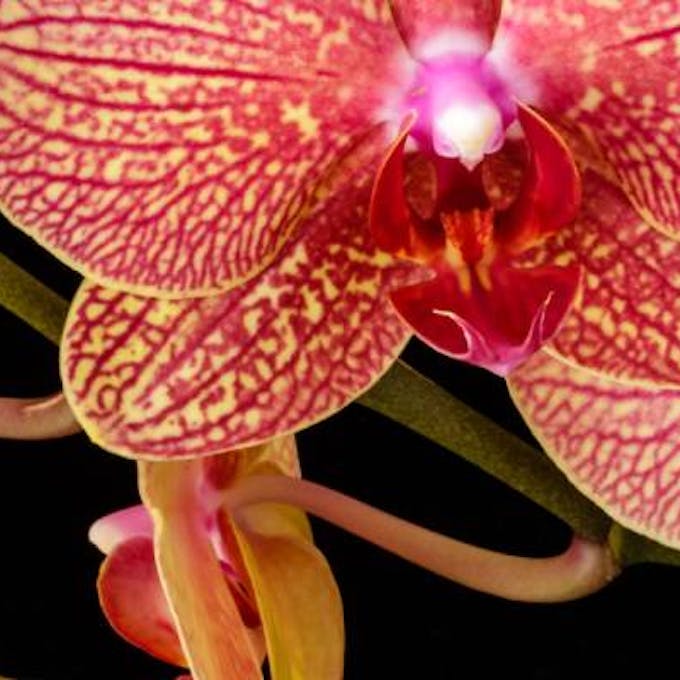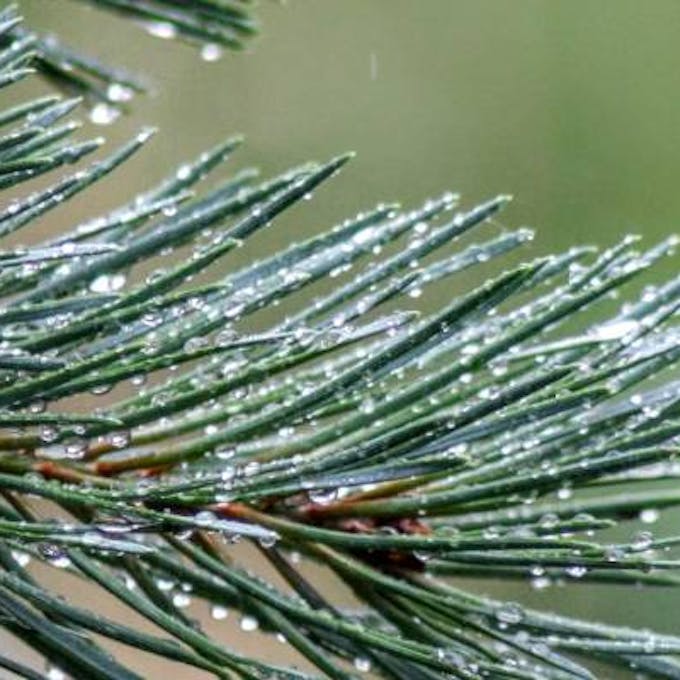Subscribe and get a 10% discount!
Growing plants is easy with Be.Green
Related articles
Breaking Down the Differences: Pellionia Repens vs. Begonia
Advantages of giving a plant as a gift on Mother's Day: a gift that lasts
Alocasias: the perfect option to add a touch of boldness to your home
How to use indoor plants to create an unforgettable atmosphere at your celebrations
Lush-leaved plants are the perfect choice to delight your senses
Surprise on Valentine's Day with the plant that best represents you, find out what it is!
With full warranty and professional advice, BeGreen is your best option to buy your plants online in Spain
Don't know what to give? Here are plants for friends according to their style
Areas of shade or strong light: where to place your zamioculca?
Find the ideal planter for every style of decoration
Find out why aloe vera is all the rage as a plant
Surprise nature lovers with a unique gift: bonsai (3)
Discover the exotic beauty of the Acruensis Tree: Euphorbia Ingens
Products recommended by our experts for the optimal care of your plants
Beaucarnea: a fascinating plant of nature
A greener home: Learn how to incorporate Adam's rib plant into your décor